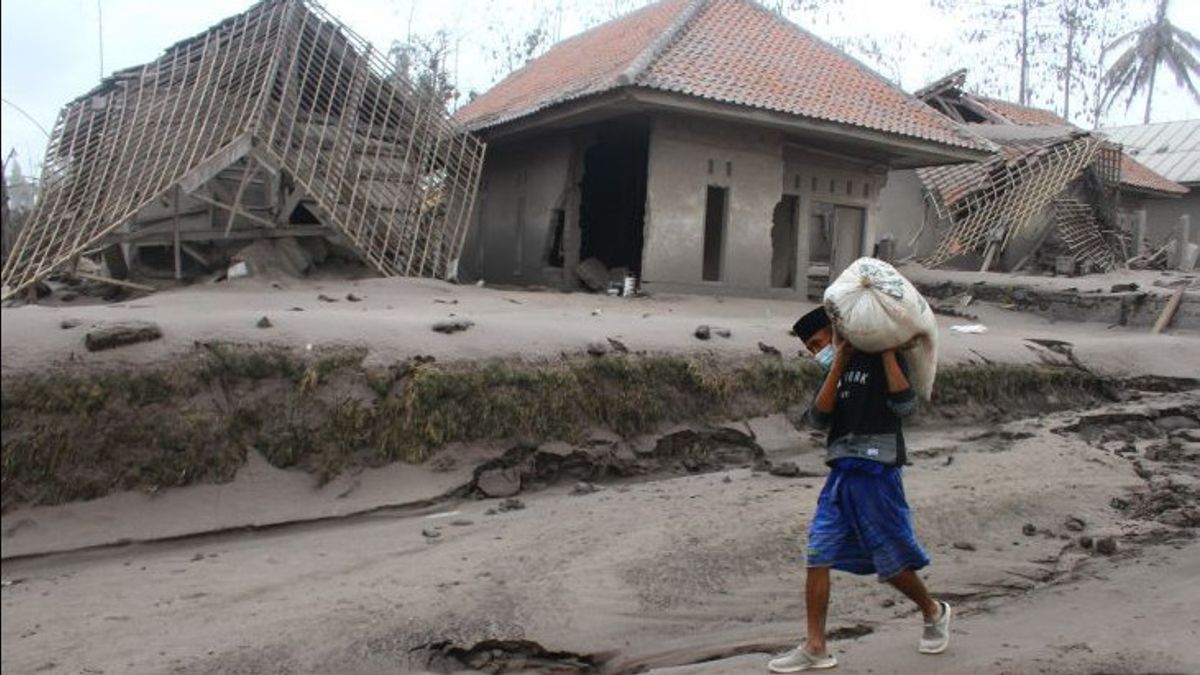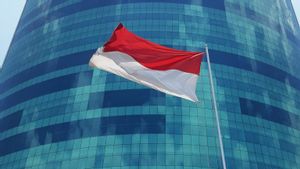JAKARTA - The World Bank (World Bank) stated that Indonesia is ranked 12th out of 35 countries that face the greatest risk due to natural disasters. This is the report of the international institution as reported by the Ministry of Finance (Kemenkeu) some time ago.
Head of the Fiscal Policy Agency (BKF) of the Ministry of Finance, Febrio Kacaribu, said that almost all regions in Indonesia are exposed to risk from more than 10 types of natural disasters.
"(The disaster) included earthquakes, tsunamis, floods, landslides, volcanic eruptions, fires, extreme weather, extreme waves, drought and liquefaction," he said in a press statement quoted Monday, December 6.
According to Febrio, this condition has become quite challenging in line with the outbreak of disasters which are categorized as originating from non-natural phenomena.
"Even now, Indonesia is facing non-natural disasters, namely due to the COVID-19 pandemic," he said.
For this reason, the need for funding is very important in overcoming the impacts caused by disasters. From the results of a study by the Ministry of Finance in 2020, the average value of direct damage experienced by Indonesia in the last 15 years reached around Rp. 20 trillion per year.
Unfortunately, the disaster reserve fund in the State Revenue and Expenditure Budget (APBN) to fund emergency response and rehabilitation and reconstruction grants to local governments is still below the damage and loss value, which is IDR5-10 trillion per year since 2004.
Facing this situation, the government called Febrio launched an innovative funding in the form of a joint fund or the Disaster Pooling Fund (PFB). This strategic step is contained in Presidential Regulation Number 75 of 2021 concerning the Joint Fund for Disaster Management on August 13, 2021.
"PFB is the Government's effort in realizing its commitment to strengthen fiscal resilience in tackling the impact of natural and non-natural disasters," he said.
Furthermore, he explained that PFB is here to close the funding gap and speed up the disaster management process.
"Currently, PFB will have an initial managed fund of approximately Rp. 7.3 trillion," he said.
PFB itself is managed autonomously by a Public Service Agency (BLU) at the Ministry of Finance. Through the BLU working principle, PFB not only mobilizes funds, but also invests and accumulates the funds raised. As part of the Disaster Risk Funding and Insurance Strategy, PFB allows the government to regulate disaster risk funding strategies through the APBN/APBD, as well as transfer the risk to third parties through insurance of government and public assets.
"The existence of PFB is expected to accelerate recovery and protect the most affected people, namely the poor and vulnerable," closed Febrio.
The English, Chinese, Japanese, Arabic, and French versions are automatically generated by the AI. So there may still be inaccuracies in translating, please always see Indonesian as our main language. (system supported by DigitalSiber.id)













